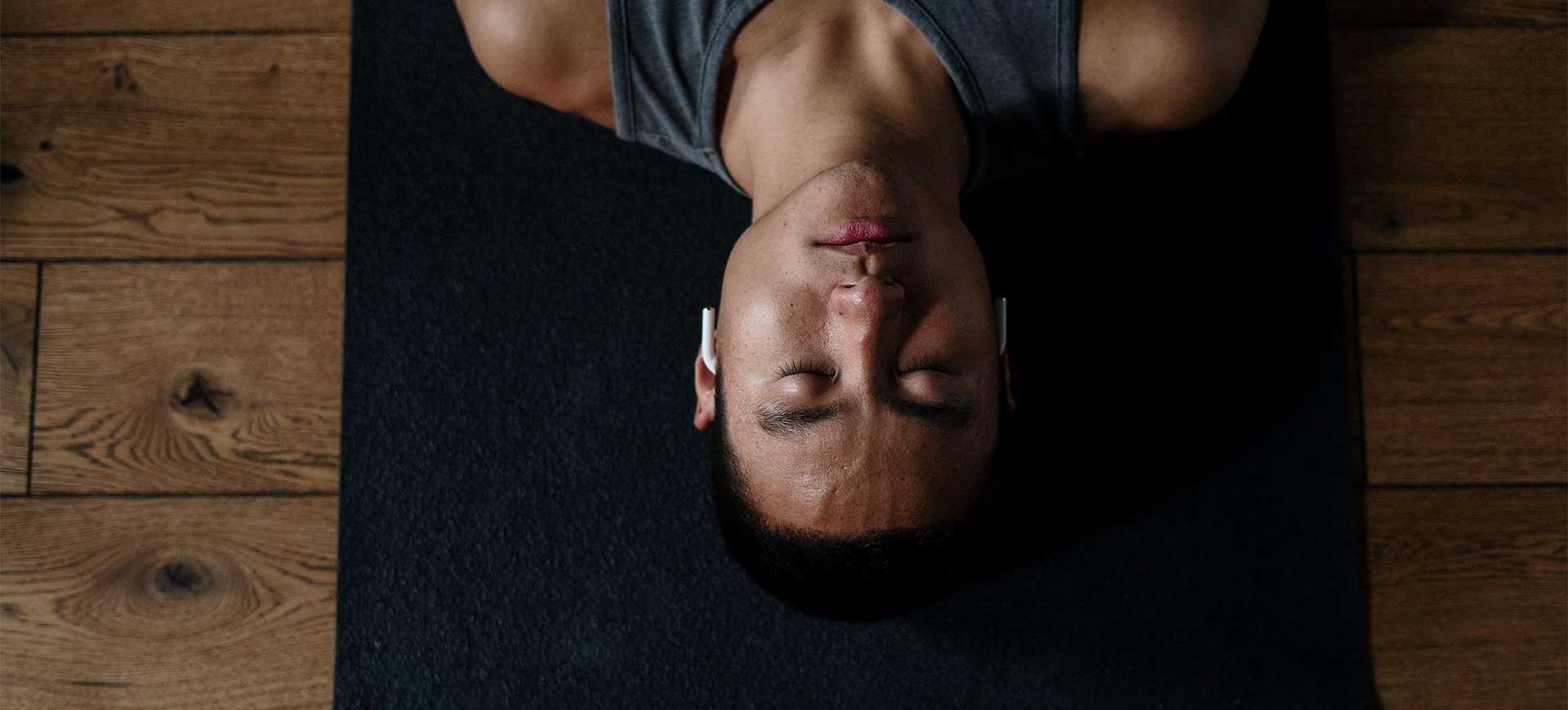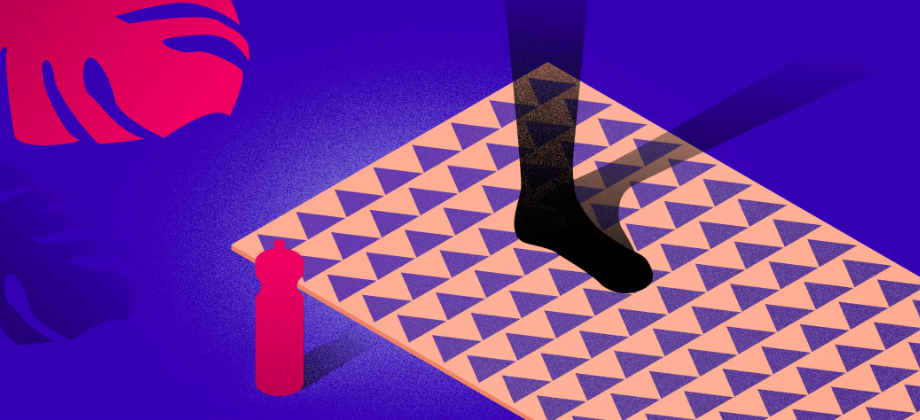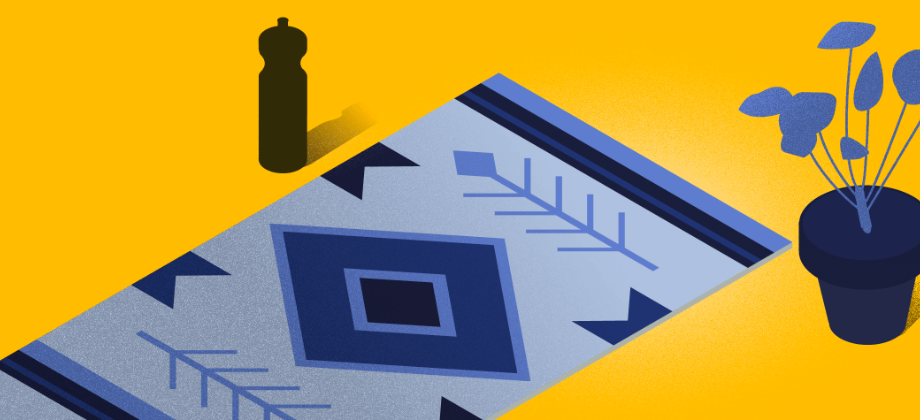
Why Savasana May Be the Hardest Pose to Teach
Savasana is one of the most important and challenging yoga poses. It allows the whole body to relax into the ground, channelling a deeper state of relaxation in the mind and body. You can only instruct as far as the physical body goes. Teaching another person to release what is in the mind is complex.
The art of relaxation is more complicated than it seems. You can’t relax on demand, which makes this pose the most difficult. Many people remain feeling tense or fall asleep, but the goal is to stay conscious while being at ease.
Learn more about how to teach this challenging pose.
Intrusting the Pose
When you’re teaching Savasana, you can use specific instructions to ensure students fully understand the pose. You will tell your students to rest their entire bodies on the floor with extended legs and arms.
Guide them to mentally scan the body from head to toe and stop at specific body parts that may still be tense. Remember to instruct their head to stay centred while gradually releasing each body part and muscle group.
Some people may need blankets under their heads or other body parts to relax fully. Excessive stress can overwhelm tissue, so ensuring there are accommodations available for those who need them is essential. When the physical body is at rest, the breath will naturally draw your students inward.
Although the Savasana pose is challenging to master, continuing to encourage the practice is essential.
Encourage Thoughts to Surrender
Some days, it’s easier to let go of thoughts than others. Sometimes your mind surrenders with your breath, while other times, it continues to race. That’s why it’s hard to teach people to let go of the thoughts consuming them.
Remind your students that it is okay to ride the waves of worry. Their minds may go through moments of deep thoughts and back to surface-level noise. It’s best to encourage them not to resist the thoughts — rather, let them flow in and out naturally.
Spiritual vs Asana Practices
Some people practice yoga for the physical aspect of feeling good and enhancing strength and balance. For others, yoga is a journey through a spiritual place, bringing a union to mind, body and spirit. The goal is to find comfort and discomfort within the circumstances and emotions of each pose, no matter how difficult.
Mindfulness during Savasana may come naturally when trying to tap into the spiritual side of the practice. Lasting mental clarity and connection with be reached with this pose with enough time. Regardless of a student’s personal reason for doing yoga, Savasana is an essential pose that allows users to process the physical benefits of the practice. It enables your students to combine asana and self-awareness in meditation.
Don’t Negatively Label Thoughts
When your students come to you for help regarding the Savasana pose, they may bring up negative thoughts overwhelming their minds. It is important not to judge or label the thoughts that cross their minds. Instead, encourage them to gently detach from the thoughts and label them as what is actually happening.
When students detach from their thoughts, the negative energy loses the power it holds over the mind and becomes easier to release. Savasana is a way of getting your students to realize they are not their thoughts and should observe them from an outside perspective.
Gently ask students to steer their mind toward the breath as they do the pose, focusing on the rise and fall of the collar bones and belly. This focus on the physical occurrences when distracting thoughts arise can simplify the pose. When the thoughts do come, label them as neutral thoughts. As they observe the body and mind, relaxation will come naturally.

Remind Students It Takes Practice
When someone has a mind that races naturally, it can be hard to calm down, especially on the first try. Like anything else, it takes practice. Teach your students to ride the waves of their thoughts and become silent observers over immediate judgment.
With practice, students can discover the pattern that works for them. Once this skill is mastered, the Savasana pose will be a whole new experience, and the skills can be applied outside of yoga.
The Bottom Line
Although the Savasana pose is challenging to master, continuing to encourage the practice is essential. This pose will help beyond yoga and can be used in daily life situations. Practice makes perfect!






